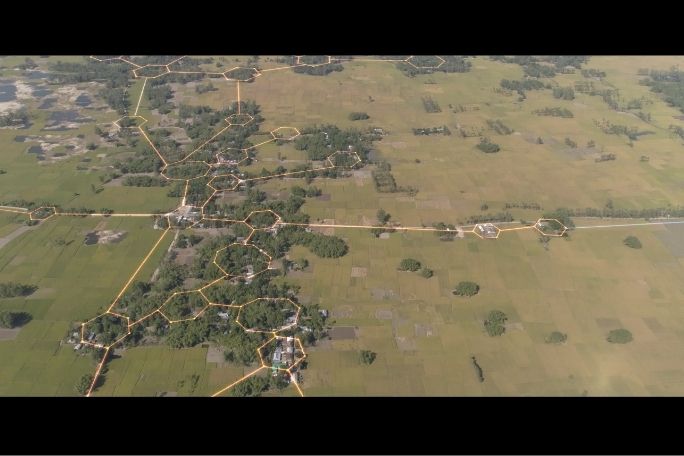Lesson summary
In this lesson, students will be immersed in, and connect with, the documentary film 2040, focusing on the topics of energy and liveability. Students will begin by participating in a barometer activity to explore their understanding of liveability, and thinking about how energy and our environment relate to liveability.
Students then work collaboratively to conduct research into the impacts of fossil fuels on our environment before participating in a guided discussion around a sustainable energy case study. Students then work in groups to compare electricity produced from coal and solar and produce a report that summarises the results of their assessment.
We’ve taken elements of this lesson and adapted them for remote learning. You can find this activity here.
Learning intentions:
Students will...
- understand what liveability is
- understand how energy affects our environment
- understand how our environment affects liveability
- understand the relationship between energy choices and livability
Success criteria:
Students can...
- undertake research
- produce a report based on criteria
- participate in group and class discussions
- work collaboratively and independently
Lesson guides and printables
Lesson details
Curriculum mapping
- Unit of work: 2040 – Geography – Years 7 to 10
- Time required: 60+ mins
- Level of teacher scaffolding: Medium – oversee activities and facilitate class discussions
To view our Australian Curriculum alignment, click here.
To view our NZ Curriculum alignment, click here.
Resources required
- Student Worksheets – one copy per student
- Device capable of presenting a video to the class
- One copy of the AGREE/DISAGREE signs
Additional info
2040 is an innovative feature documentary that looks to the future, but is vitally important NOW! Director Damon Gameau embarks on a journey to explore what the future could look like by the year 2040 if we simply embraced the best solutions already available to us to improve our planet and shifted them rapidly into the mainstream.
In Australia: Order the Schools Version of the 2040 DVD. The Schools Version includes an educational license and is for Australian primary and secondary schools that wish to utilise the film as a learning tool or host free on-site screenings for the school community.
In New Zealand: Order the Schools Version of the 2040 DVD. The Schools Version includes an educational license and is for New Zealand primary and secondary schools that wish to utilise the film as a learning tool or host free on-site screenings for the school community.
If you are teaching in either New Zealand or Australia, you can now organise a virtual screening of the film for your class. To enquire about this option, simply email schools@whatsyour2040.com and the 2040 team will help you set this up! If you have already bought a DVD of the film and you have a ClickView account, you can email the team for permission to upload the film to your account to make it more easily accessible for your teachers and students.
Cool.org, GoodThing Productions and Regen Pictures would like to acknowledge the generous contributions of Good Pitch Australia, Shark Island Institute, Documentary Australia Foundation, The Caledonia Foundation and our philanthropic partners in the development of these teaching resources.


Welcome back!
Don't have an account yet?
Log in with:
By signing up to Cool.org you consent and agree to Cool's privacy policy to
store, manage and process your personal information. To read more, please see
our privacy policy here(Opens in new tab).
Create your free Cool.org account.
Many of our resources are free, with an option to upgrade to Cool+ for premium content.
Already have an account?
Sign up with:
By signing up to Cool.org you consent and agree to Cool's privacy policy to
store, manage and process your personal information. To read more, please see
our privacy policy here(Opens in new tab).